Easier Taken Slow
The bundle of roads and motorways connecting the cities of Tirana and Durrës offers an opportunity to develop a project at the territorial scale which focuses on the road as the catalyst for urban form. Until now, the motorway corridor has been conceived as a transit infrastructure, dedicated to support the industrial facilities located alongside it. Our proposal reconceived the corridor as a civic infrastructure in which the existing hilly landscape, villages, rails and road infrastructures are active elements of a new coherent urban system. The proposition takes the form of minimum, punctual and affordable interventions to be implemented in phases and ordered in a sequence that gives a tangible measure to the surrounding territory. The proposed backbone and structure of our assigned corridor (lot 2) lies between the villages of Borakë and Bërzull. We propose to perceive the linear corridor not just as the disparate combination of the motorway and the buildings, but rather as a mobilization of existing and potential multimodal transit infrastructures. The motorway remains to be the main fast transit connection between the cities of Tirana and Durrës. Along this fast-moving expressway, we also propose parallel roads that –partially already under construction– are positioned in the north and in the south of the motorway axis. These two roads will be used for both local transit and to access the plots of land along the motorway where industrial and distribution facilities are currently and in the future to be located. Instead of entering in these plots directly from the motorway, we propose that access takes place only from these secondary parallel roads, liberating the motorway from the numerous exits that now undermine its proper functioning. Along the trajectory of the motorway, rather than allowing for continuous and unabated development of industrial sites as the current land-use map suggests, we propose to maintain at regular intervals along the motorway, approximately 750 m apart, large portions of land freed from any construction. Rather than proposing where to build, we suggest areas not to be built. These sites could be planted with olive trees. At regular intervals along the expressway, pedestrian/bike bridges allow safe connections across the two sides of the motorways. These bridges, to be built over time and in phases, are based on a simple steel construction technology and could be easily and quickly mounted on-site. The programs and locations of the collective facilities located along the bridge change according to the local conditions. The distribution of programs are imagined to be civic centers, schools, kindergartens, libraries, bazaar and train/tram stops. The first functions are designed as circular buildings, an introverted typology suitable to be located even adjacent to the motorway. The bazaar is imagined as a simple multifunctional covered structure. An important feature are the belvederes, small platforms built in bricks that symbolically link the Durana corridor to the natural slopes that define its territorial form.
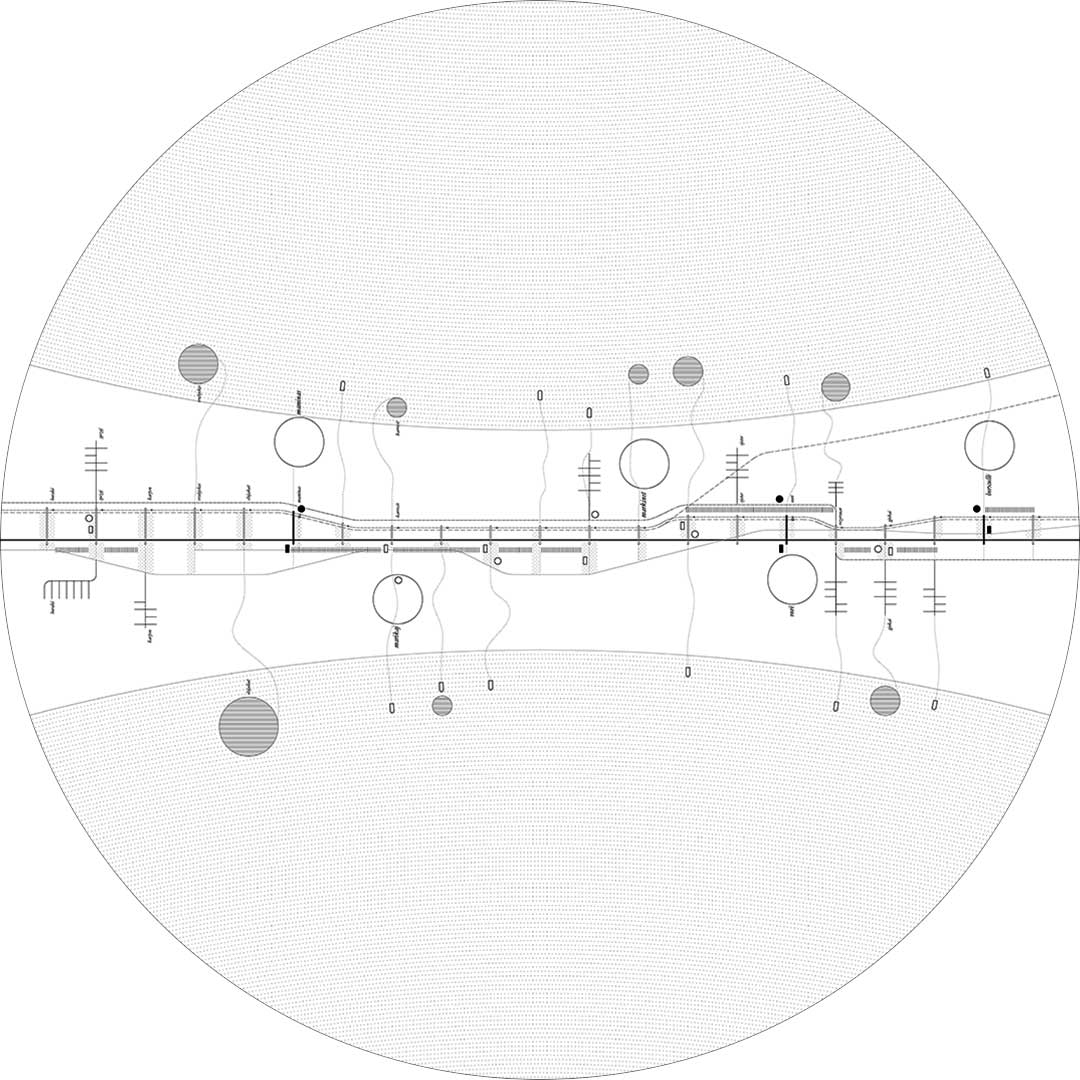
Easier Taken Slow
Durana: ideogram of the structural plan

Easier Taken Slow
Site plan with interventions along the road
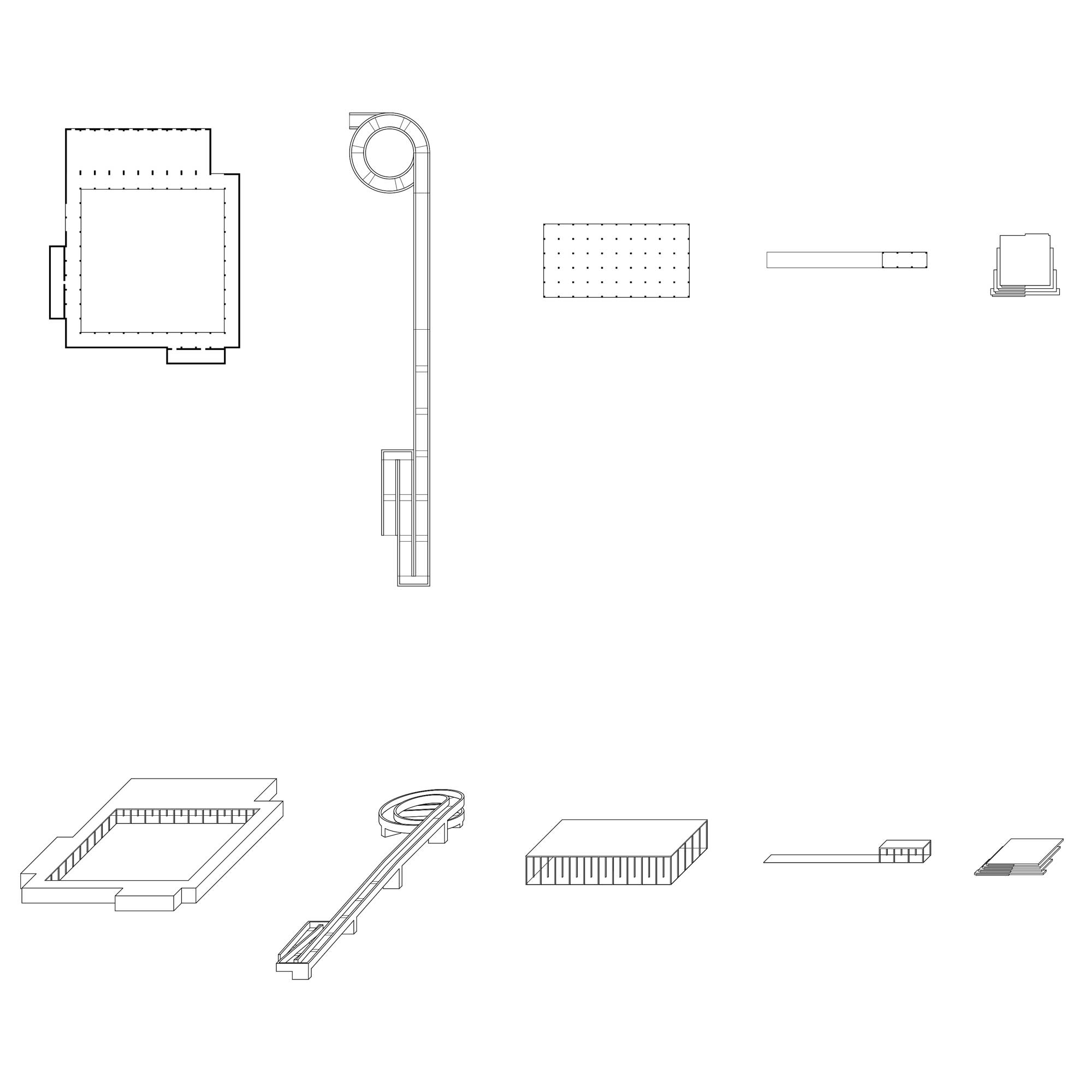
Easier Taken Slow
Architectura elements: civic centre, bridge, bazar, station, belvedere
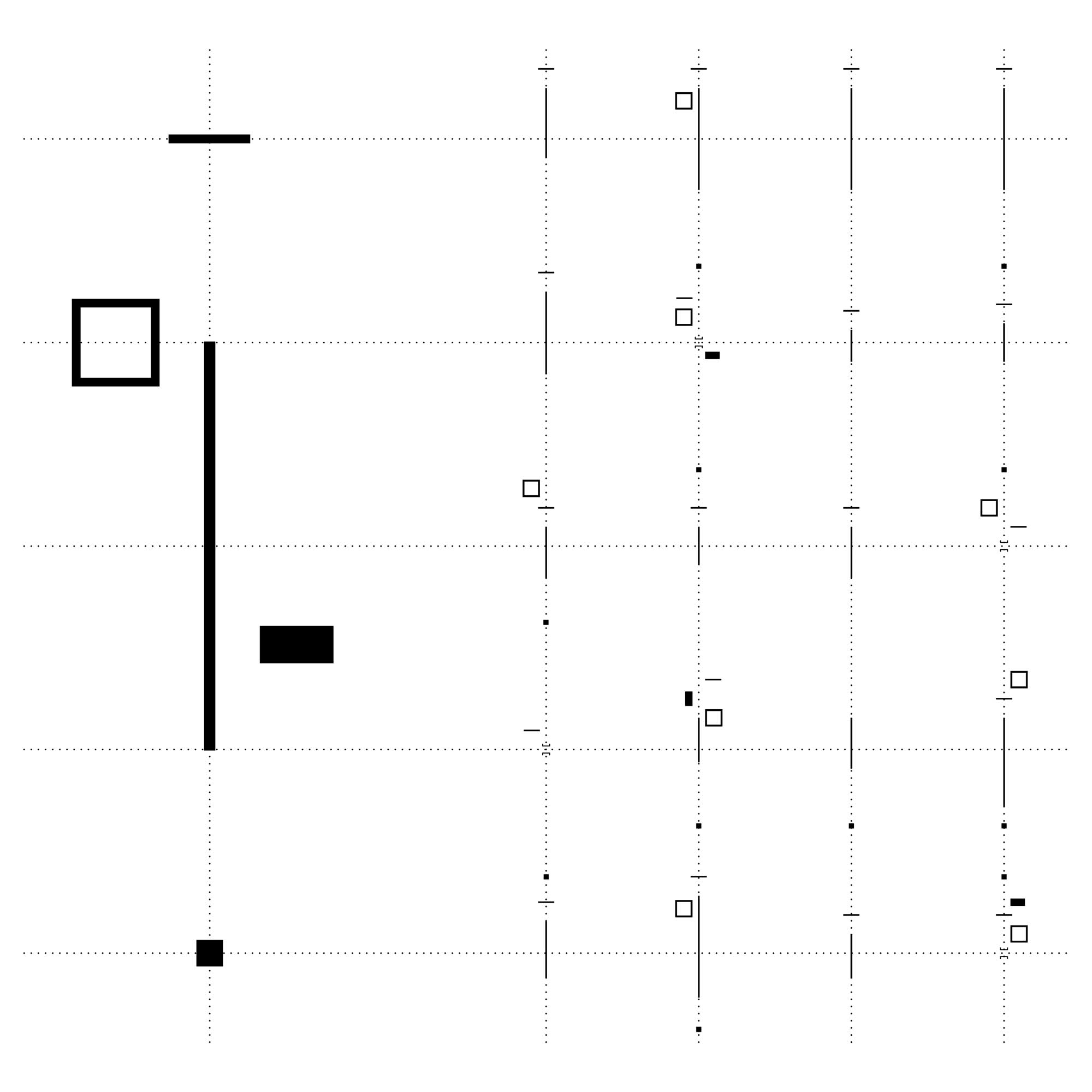
Easier Taken Slow
Architectura elements: composition of civic centre, bridge, bazar, station, belvedere
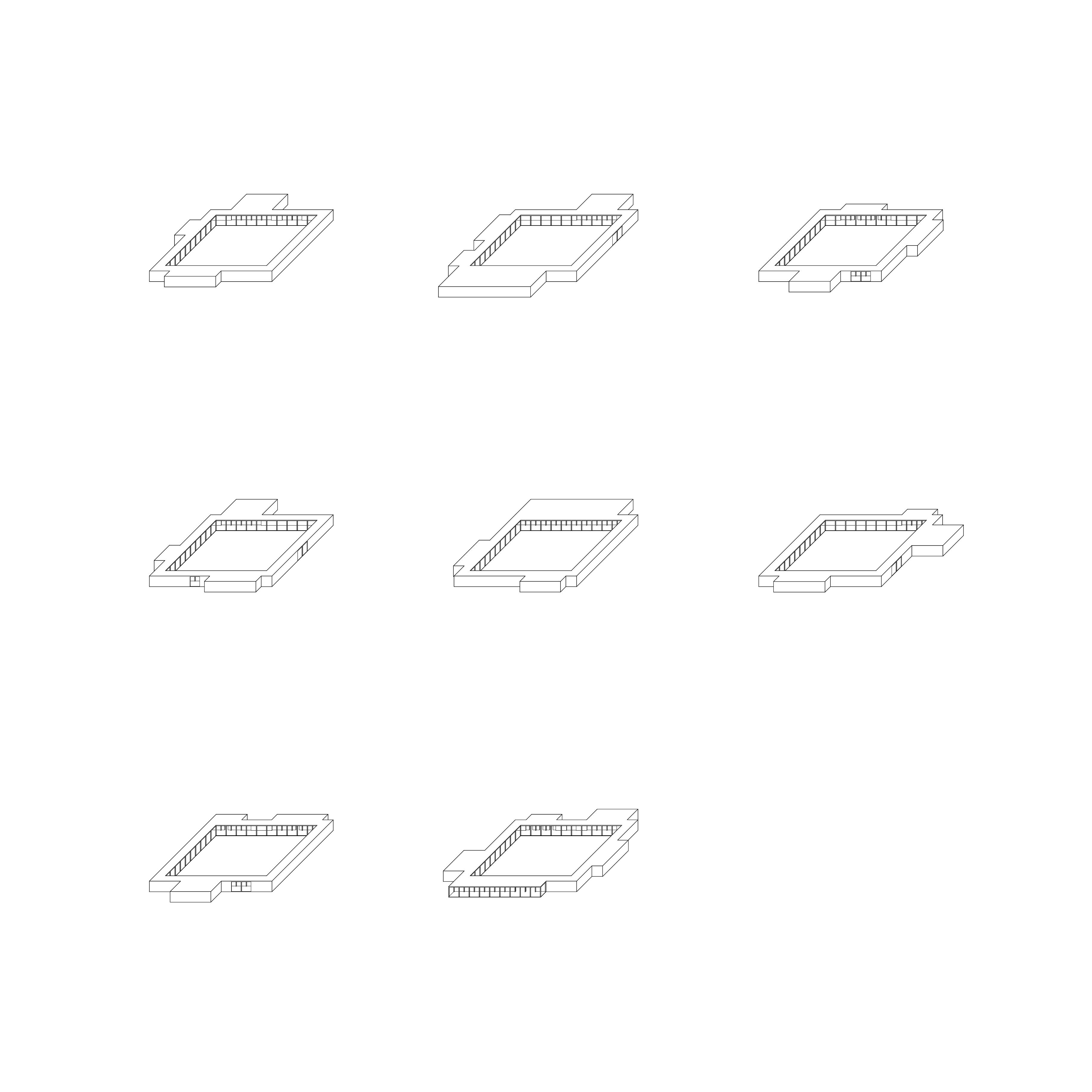
Easier Taken Slow
Civic centres
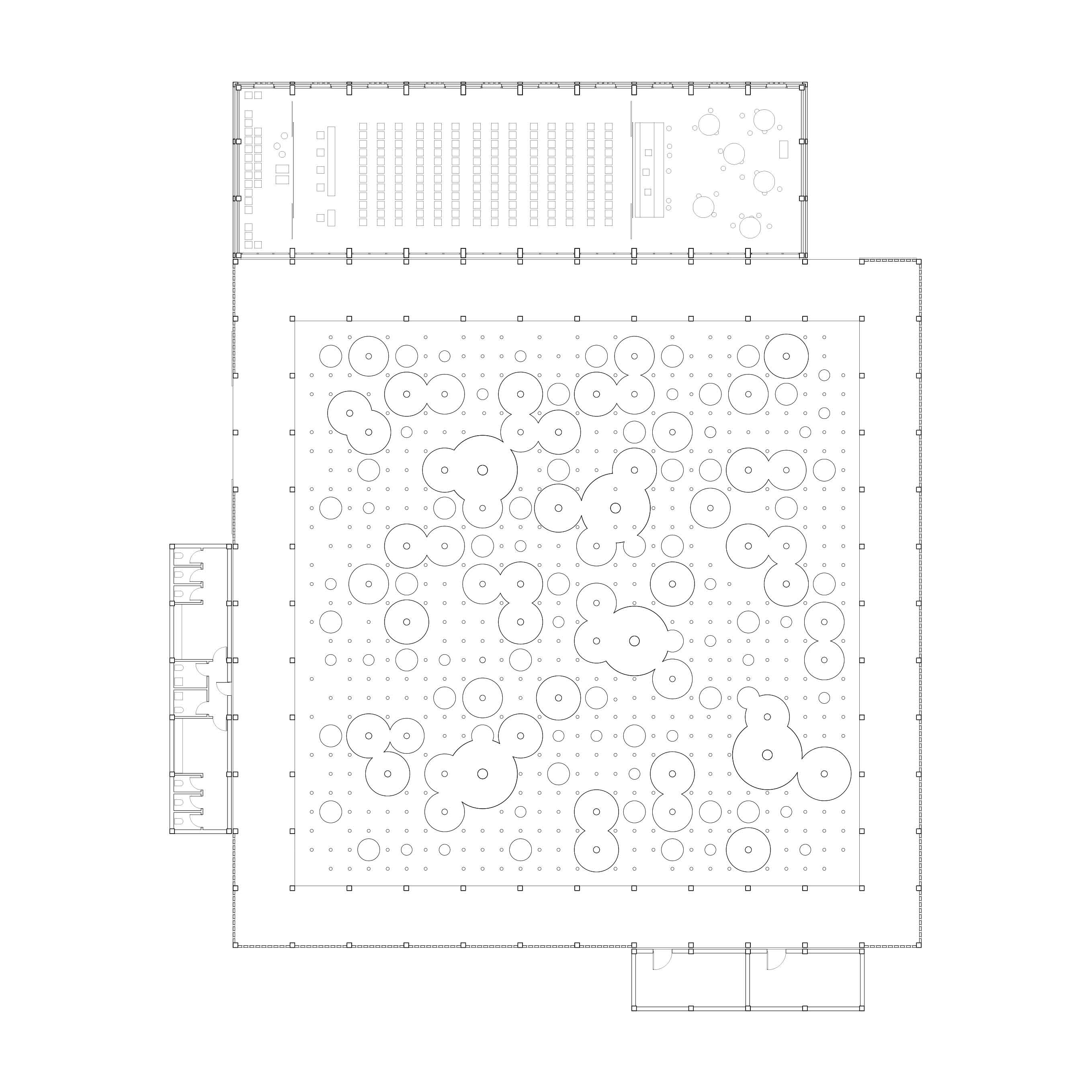
Easier Taken Slow
Civic centre: plan

Easier Taken Slow
Belvederes
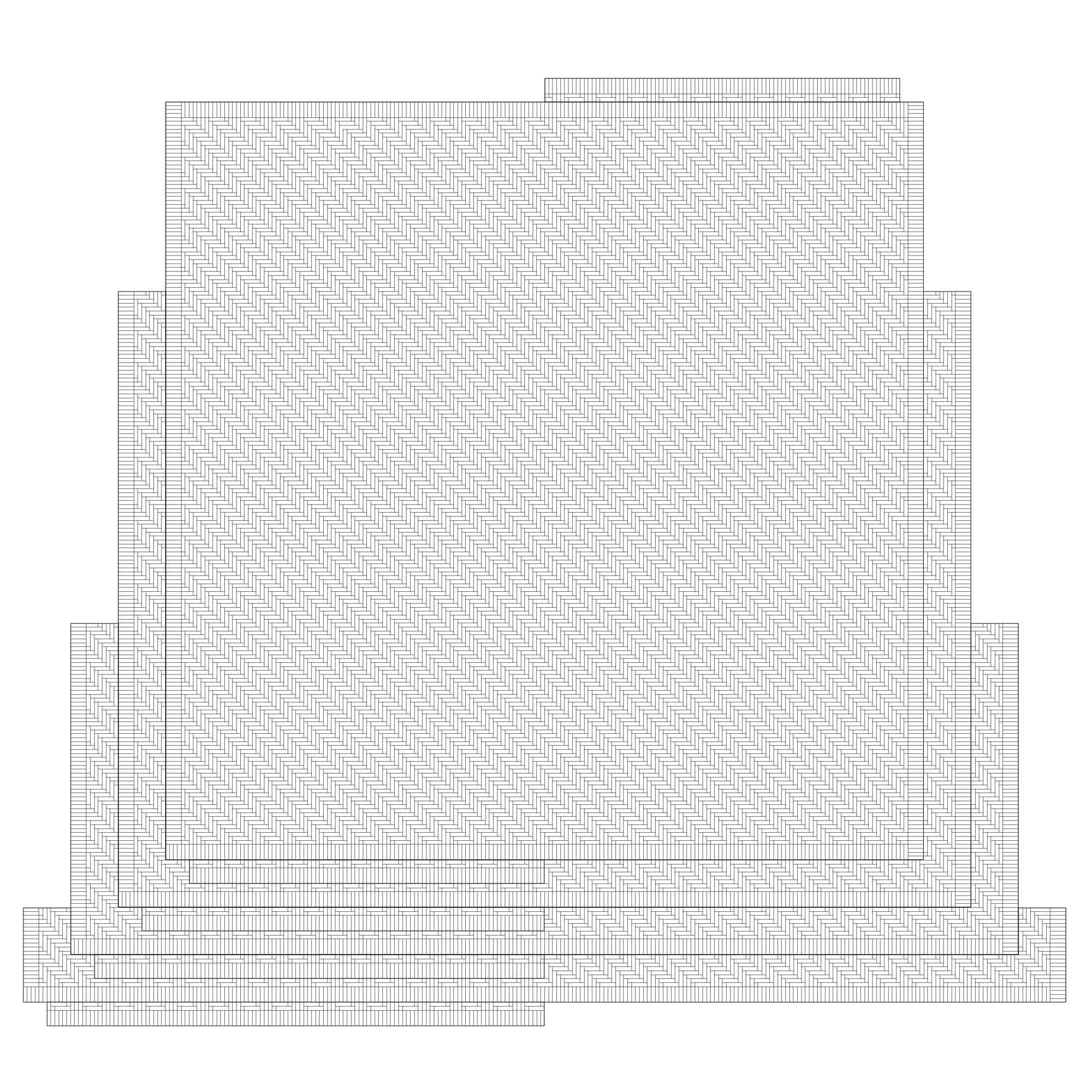
Easier Taken Slow
Belvedere: plan

Easier Taken Slow
Bridges
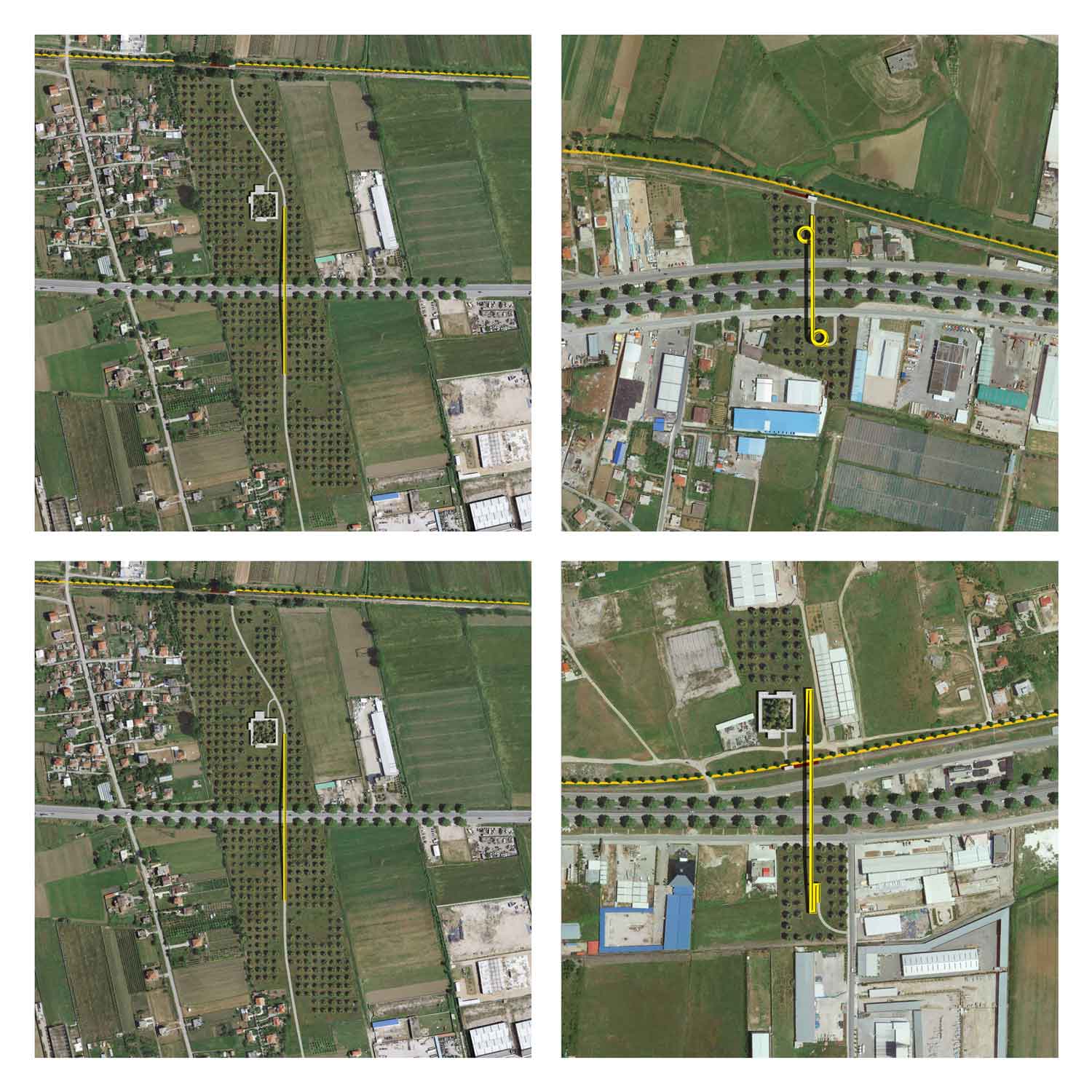
Easier Taken Slow
Durana: interventions along the road
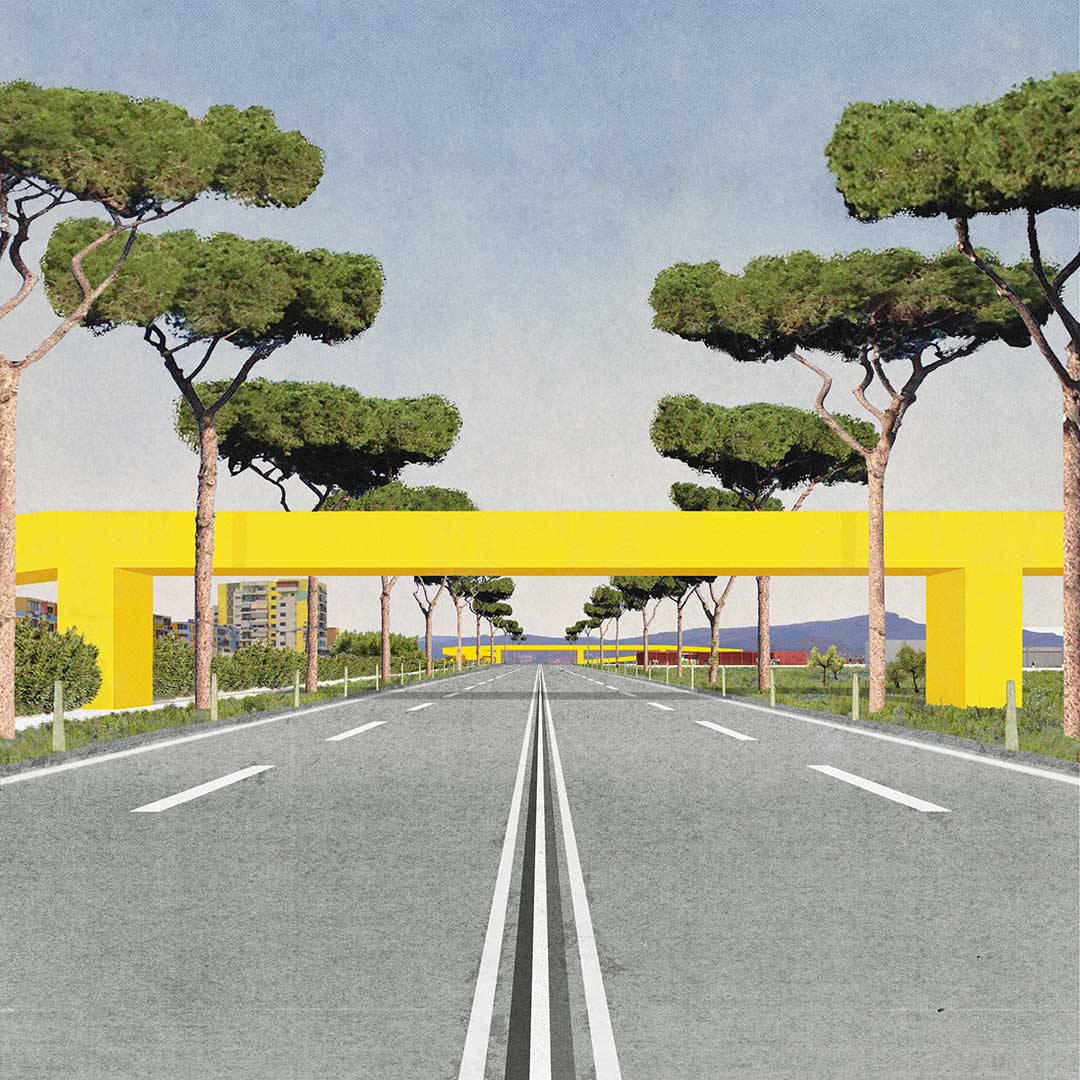

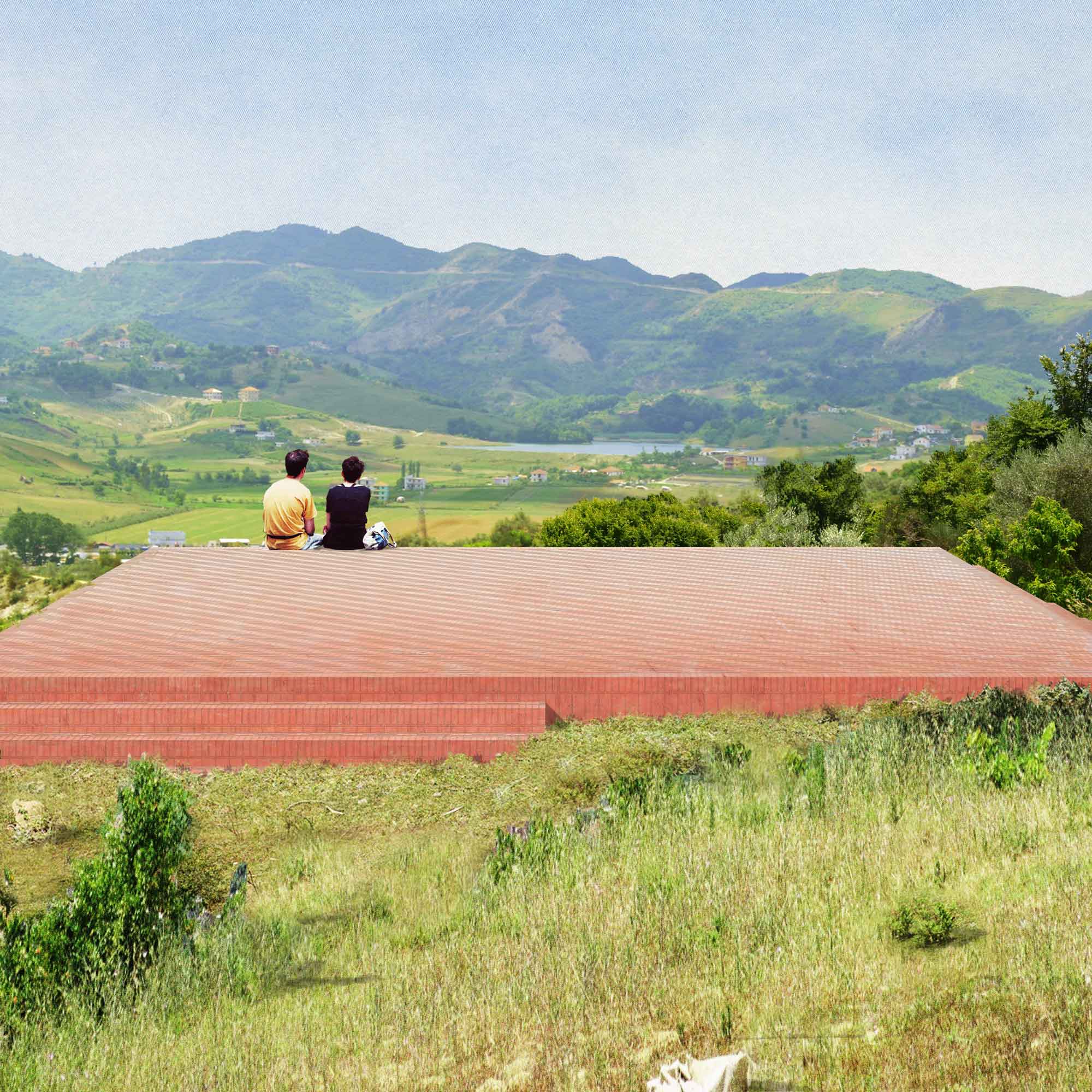
Easier Taken Slow
Invited Competition, First Prize
Team
Pier Vittorio Aureli and Martino Tattara, with Luciano Aletta, Ezio Melchiorre, Stéphanie Savio, Hubert Holewik
With Studio B&L
Client
Atelier Albania
2014